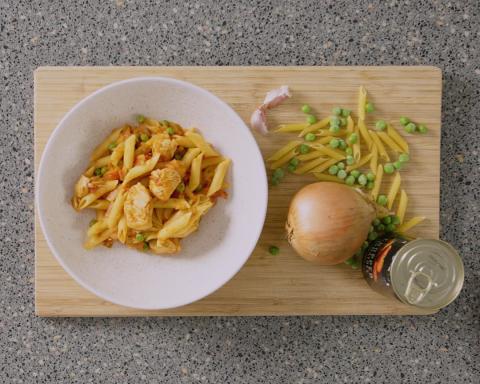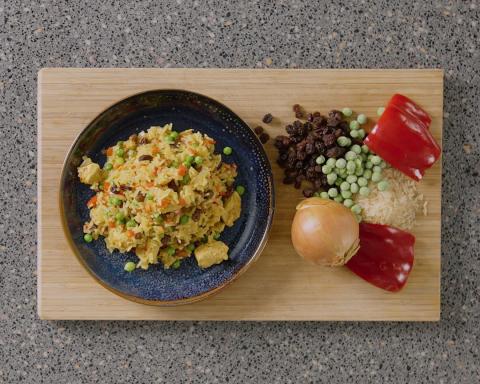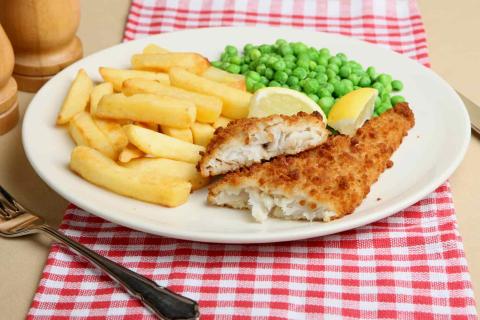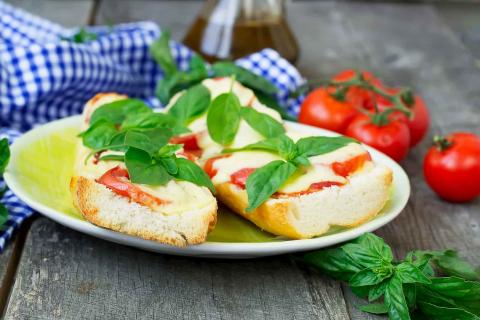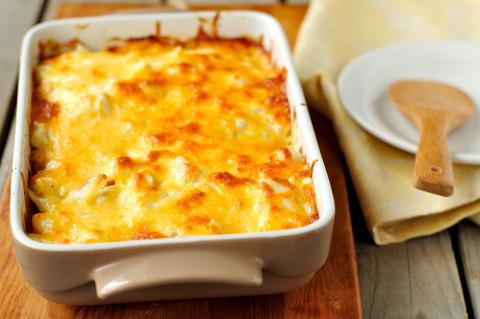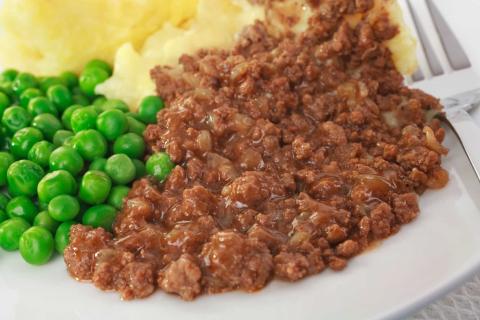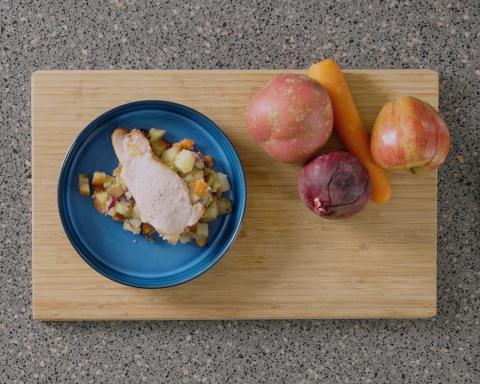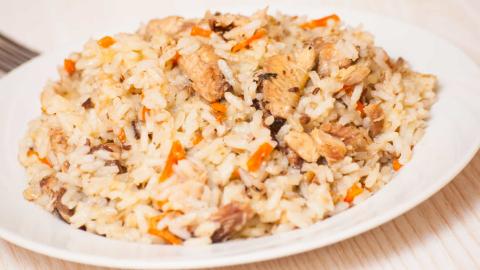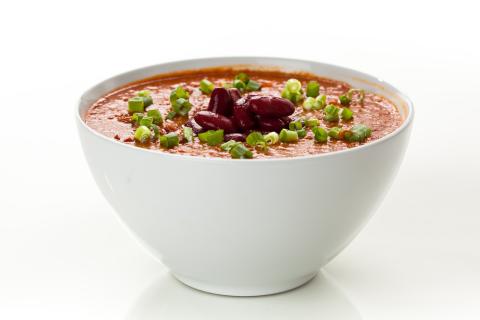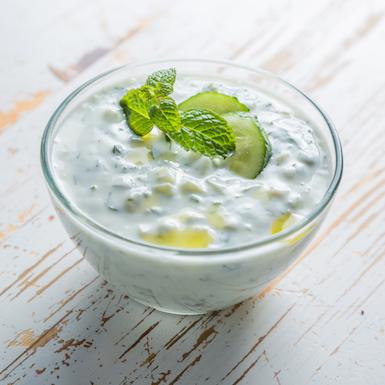- 2 Tablespoons (20g) Vegetable Oil
- 1 (150g) Onion
- 2 (6g) Garlic Cloves
- 3 (600g) Potatoes
- 4 (320g) Carrots
- 2 (180g) Parsnips
- 1 Tin (400g) Chopped Tomatoes
- 2 Tablespoons (18g) Curry Powder
- ½ Pints (300ml) Water
- 1 (9g) Reduced Salt Vegetable Stock Cube
- 1 Cup (150g) Red Lentils
- 2 can also use dry Tablespoons (2g) Fresh Coriander
- 4 Heaped tablespoons (160g) Low Fat Plain Yoghurt
Ingredients
Allergy Disclaimer
Always check the label of each ingredient for allergy warnings.
Method
- Peel and dice the onion and garlic. Peel and thickly slice the carrots and parsnips. Wash and cut the potatoes into 2 cm pieces.
- Heat the oil in a large saucepan and then cook the onion and garlic over a medium heat for 3-4 minutes until softened. Stir occasionally.
- Add the potatoes, carrots and parsnips to the pan and cook for a further 5 minutes, stirring untilt the vegetables begin to brown.
- Make up the stock with boiling water and add this to the pan with the chopped tomatoes and curry powder. Bring the pan to the boil and then reduce the heat.
- Rinse the lentils with cold water using a sieve and then add to the pan, simmer with lid on for 15-20 minutes until the lentils and vegetables have softened and the sauce thickened.
- Finely chop the coriander if using fresh and add half of it to the pan then heat through.
- Serve with yoghurt on top and the remaining coriander.
Time Saver Tips
Cook in advance and reheat and add the yoghurt when ready to serve.
Cost Saver Tips
A use of leftover vegetables.
Tips for Kids
They may prefer the vegetables cut into smaller pieces.
Nutritional Information
Based on a single serving of 503g (% of an adult's reference intake)
Energy
445 kcals ( 22 %)
1,776 kJ ( 22 %)
Fat
1.5 g ( 8 %)
Saturates
71.4 g ( %)
Sugar
18.1 g ( 20 %)
Salt
1 g ( 16 %)
Detailed nutritional information
| Per 100g | Per 503g serving | |
|---|---|---|
| Energy Kcals | 84 | 445 |
| Energy Kj | 353 | 1,776 |
| Protein | 3.8 g | 19.1 g |
| Total Fat | g | g |
| Saturated Fat | 0.3 g | 1.5 g |
| Carbohydrates | 14.2 g | 71.4 g |
| Total Sugars | 3.6 g | 18.1 g |
| NSP Fibre | 2 g | 10.1 g |
| Sodium | 100 mg | 503 mg |
| Salt | 0.2 g | 1 g |
Find out about nutritional labelling
Nutrition labels on the front of packaging
- Most of the big supermarkets and many food manufacturers display nutritional information on the front of pre-packed food.
- Front of pack nutrition labels provide information on the number of grams of fat, saturated fat, sugars and salt and the amount of energy (in kJ and kcal) in a serving or portion of a recipe.
- The labels also include information about reference intakes (expressed as a percentage) which are guidelines about the approximate amount of particular nutrients and energy required for a healthy diet.
- The colour coding tells you at a glance if the food has high (red), medium (amber) or low (green) amounts of fat, saturated fat, sugars and salt.
- The more greens on the label, the healthier the choice
- Amber means neither high nor low, so you can eat foods with all or mostly ambers on the label most of the time.
- Reds on the label means the food is high in that nutrient and these are the foods we should cut down on. Try to eat these foods less often and in small amounts.
Food shopping tips
If you’re trying to decide which product to choose, check to see if there's a nutrition label on the front of the pack. This will help you to quickly assess how your choices stack up. You will often find a mixture of red, amber and green colour coding for the nutrients. So when you're choosing between similar products, try to go for more greens and ambers and fewer reds if you want to make a healthier choice.
 Activities & Play
Activities & Play Behaviour
Behaviour Childcare
Childcare Development & Growing Up
Development & Growing Up Family, Friends & Relationships
Family, Friends & Relationships Feeding Your Baby
Feeding Your Baby Food & Eating
Food & Eating Health & Safety
Health & Safety Mental Health & Wellbeing
Mental Health & Wellbeing Money & Work
Money & Work Online Behaviour & Safety
Online Behaviour & Safety Pregnancy & First Days
Pregnancy & First Days School & Education
School & Education Sleep
Sleep
















